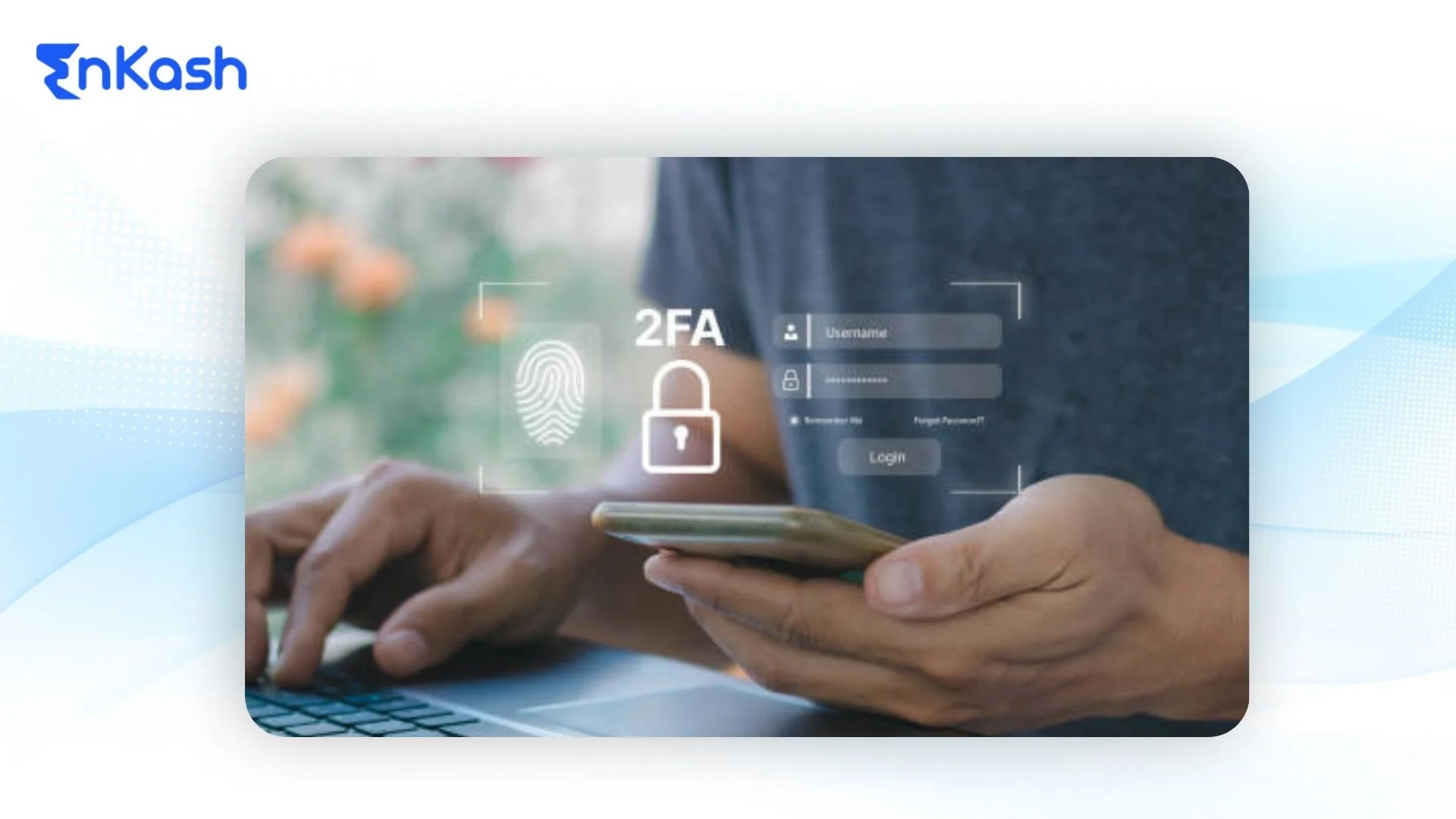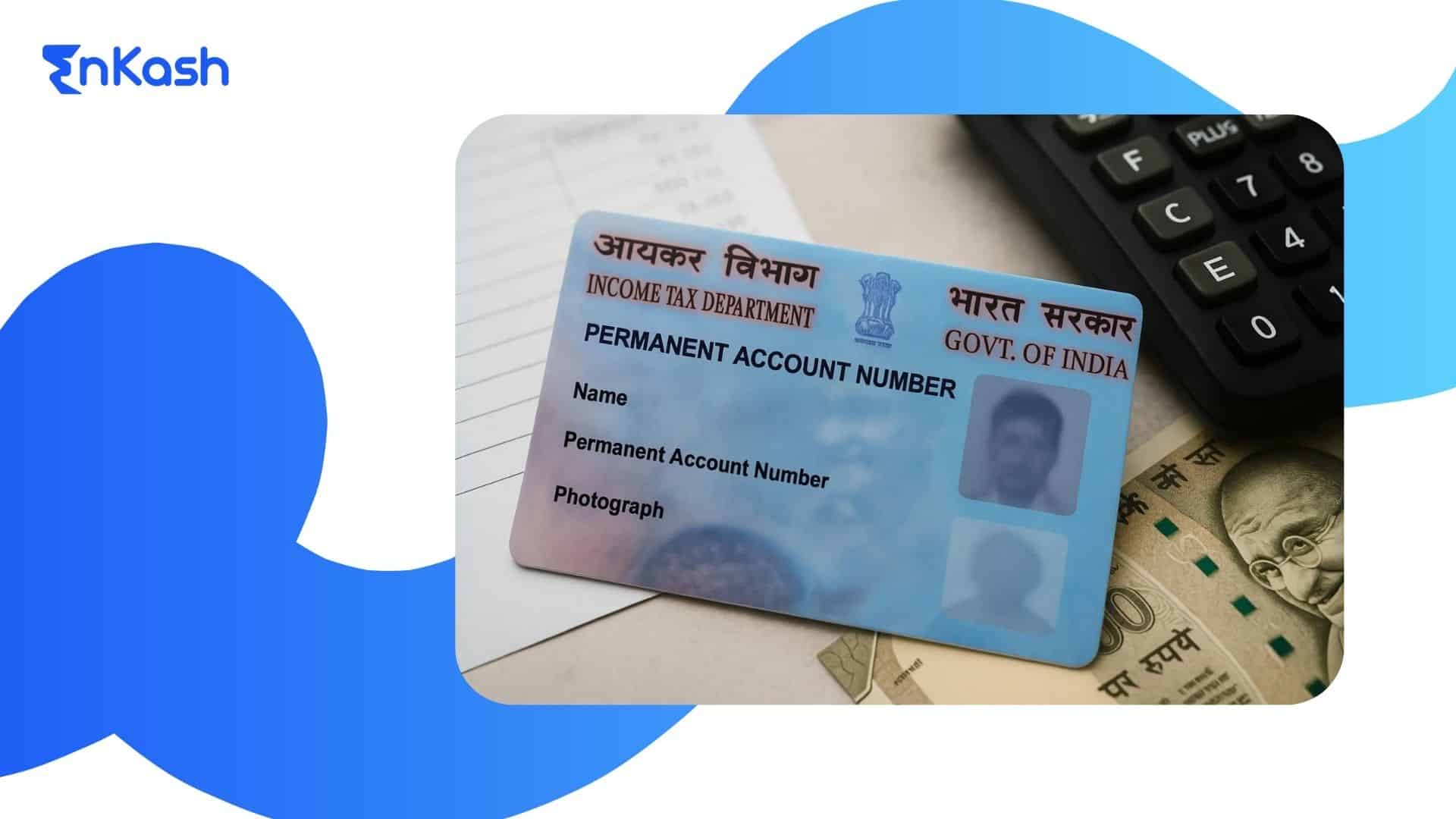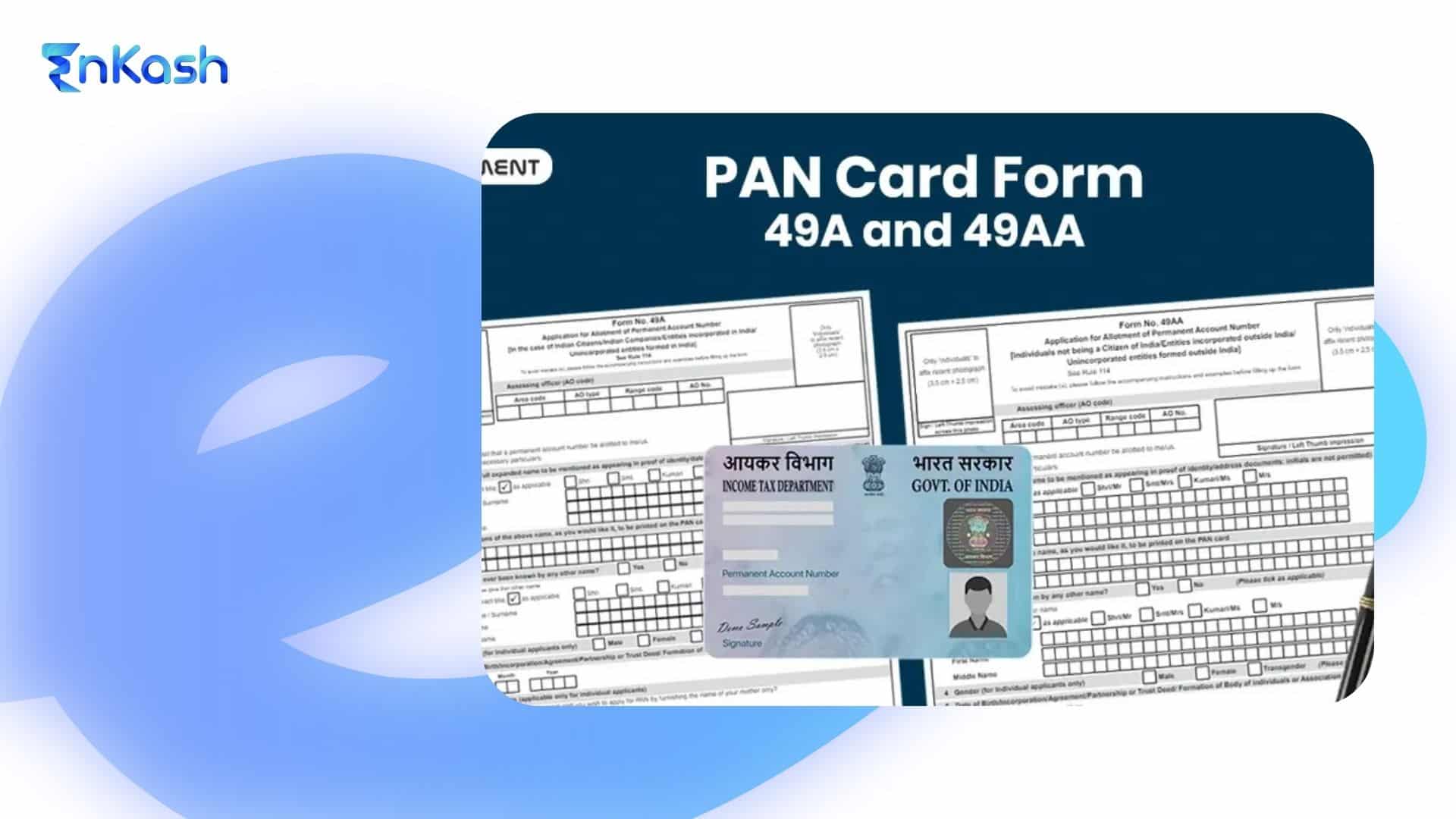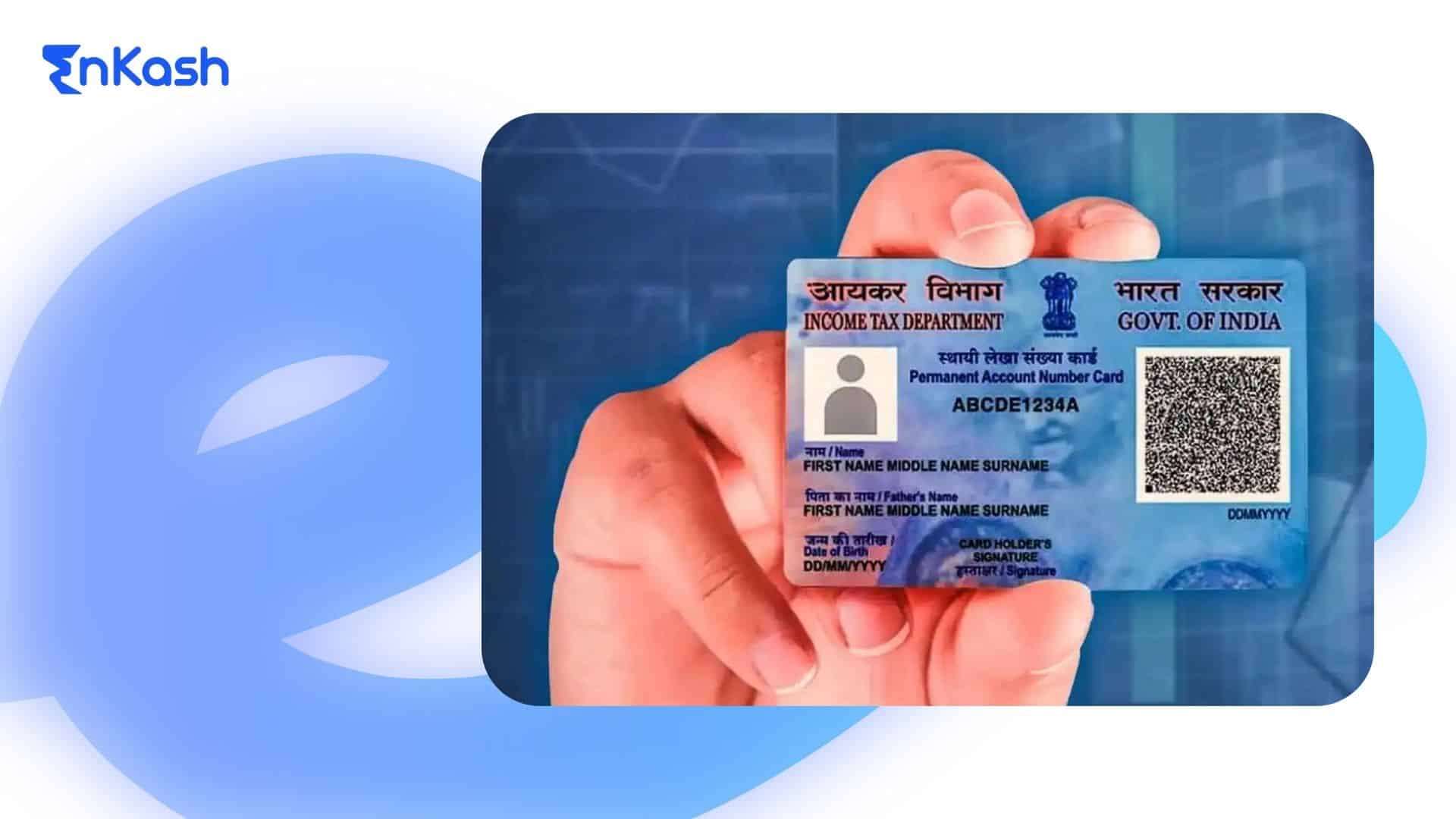If you are accustomed to running online businesses on e-commerce platforms, you already know how important payment security is.
The more digital our transactions become, the more tempting they become for fraudsters. And unfortunately, a simple password is no longer enough to keep your money or data safe.
Two-factor authentication (2FA) is a powerful solution to this problem. Two-factor authentication, or 2FA, is one of them. It adds a second layer of security to logins and transactions. Instead of relying solely on a password, 2FA requires an additional piece of information.
Keep reading this blog to learn what is two-factor authentication, 2FA meaning, and how it works.
Authentication and 2FA: What Businesses Need to Know
Authentication is the process of confirming that a person or system is who they say they are. In layman’s terms, it’s how a system verifies your identity through the credentials you provide.
Traditionally, this was done through a username and password. This approach is called single-factor authentication. It relies on just one layer of verification. Today, however, passwords are easier to crack or steal.
This is where two-factor authentication (2FA) becomes essential. As the name implies, 2FA involves two steps to verify your identity. Banking standards require two distinct authentication factors to complete a login or payment.
So, you enter your password first. Then, you must pass a second check. This could be a temporary code sent to your phone or generated by an app. Sometimes, it may ask for a biometric scan, like a fingerprint.
The 2FA code is a one-time-use code. It proves that the user taking action is the real account owner. If you’ve ever received an OTP on your phone after entering a password, you’ve already used 2FA.
How Two-Factor Authentication Works
Two-factor authentication adds an extra step to verifying your identity during login or payments. Each layer in 2FA serves a unique role. The first step could be something simple, like your password. The second might involve a phone you own, an app on your device, or a fingerprint. When both steps are completed, the system knows the person accessing the account is truly you. This dual check blocks many common types of fraud.
Suppose you are logging into your online store account. After entering your password, you’re asked to input a code sent to your mobile phone. This code, often called an OTP, serves as the second factor in 2FA.. If someone has your password but not your phone, they can’t complete the process.
To make this work, systems use different tools. One option is a TOTP, or time-based one-time password, created by apps like Google Authenticator or Authy. Another popular option is an SMS OTP, which is delivered by text message.
Check out the Most Common Authentication Methods in 2FA
SMS One-Time Passwords (OTP)
SMS OTP is one of the most established forms of 2FA. After you enter your password, a unique code is sent via SMS to your registered mobile number. You must then enter this code to complete the login or payment process.
It is a very simple method to utilize 2FA. Almost every mobile user can receive a text message. This makes it easy to use and widely accessible.
However, this method has some well-known security vulnerabilities. Attackers can exploit telecom vulnerabilities, such as SIM swapping or malware, to intercept these messages.
Despite all these risks, it remains a preferred option for two-factor authentication.
Authenticator Apps (TOTP)
Time-based one-time passwords, or TOTPs, are codes that refresh every 30 seconds. This makes them difficult for fraudsters to predict or reuse.
To set it up, you scan a QR code that links the app with your account. Once linked, you open the app whenever you log in and use the current 6-digit code.
Authenticator apps, like Google Authenticator, Microsoft Authenticator, etc., are more secure than SMS. The codes are created directly on your device. They are not sent through any network, so they are harder to intercept.
The only drawback is a bit of effort. You need to install the app and open it each time you log in. Still, once users get used to it, the process becomes fast and reliable.
Biometric Authentication
Biometric 2FA uses your personal biological traits as the second layer of verification. This includes fingerprint scans, facial recognition, or voice recognition.
Most modern smartphones already support biometric authentication. Many users use fingerprints or face ID to access their phones. The same features can be used in payment apps.
For example, you might approve a bank transfer using your fingerprint. Or you may authorize a wallet payment with facial recognition.
Biometric methods are fast and convenient. There’s no need to type a code or carry a token. Also, biometric data is unique and hard to replicate, which makes it a secure choice.
The only limitation is hardware. Devices must support these features. Also, users need to trust how the system stores and protects their biometric information.
Email-Based Verification
Some platforms send a one-time code or login link to your registered email address. You must input this emailed code or click the link to complete the login or transaction.
This method is easy to use and implement. It works well for those who may not be comfortable using apps or biometrics.
However, its security depends entirely on your email account. If someone gains access to your inbox, they can intercept these codes. For that reason, it’s best used as a backup method rather than the primary form of 2FA.
Other Emerging Methods
New 2FA methods are also gaining traction. One example is push notification approvals. In this case, you receive a prompt on your phone. You simply tap “Yes, it’s me” to confirm your login.
Another method is 2FA Live, which adds a real-time challenge. This could involve a dynamic question, a live biometric scan, or another instant verification step.
These emerging tools serve the same purpose—adding an active layer of security. They confirm that the person interacting with the system is authentic in real-time.
Benefits of 2FA for Payment Security
Implementing 2FA offers strong benefits for payment security. These advantages apply to both merchants and customers.
Enhanced Security and Fraud Prevention
The biggest benefit is that 2FA lowers the risk of fraud. It adds an extra step in the process. Attackers now need two separate things to break in. Even if someone steals a password or card number, they still cannot complete a payment. They would also need the OTP, fingerprint, or second factor. This extra check blocks many unauthorized transactions before they happen.
Industry data proves how well 2FA works. Google found that 2FA stops between 73% to 100% of automated bot attacks. Security keys have been shown to block nearly all targeted phishing attempts, offering one of the most secure forms of 2FA. Microsoft also reported that accounts with multi-factor authentication are 99.9% less likely to be hacked. These figures show how much a second step helps. It makes payment processes more secure and protects both sides.
Fewer Fraudulent Transactions and Chargebacks
Online merchants lose money due to fraud and chargebacks. When someone uses a stolen card, the seller might lose the product and get no payment. Such fraud also damages customer trust.
2FA can prevent this. It helps verify that the person buying is the real account or card owner. For example, if a website sends an OTP for each large purchase, it scares away fraudsters. They cannot complete the transaction without the real buyer’s phone.
Two-factor authentication is one of the best tools to stop online payment fraud. Merchants who used 2FA at checkout had fewer failed payments. They also saw fewer chargebacks, which saves money and builds trust.
Customer Trust and Confidence
When a business uses 2FA, customers feel safer. They know the platform takes security seriously. Even if a hacker gets their password, a second step, like an OTP, keeps the account safe.
In India, people expect to get OTPs during transactions. If they don’t receive one, they may worry that something is wrong. That extra step offers peace of mind. It reassures users that the system is protecting them.
Over time, this builds trust. Customers will prefer websites and apps where their money and data are safe. This trust can give businesses an edge over others.
Regulatory Compliance
Adding 2FA also helps meet legal and industry standards. In India, the Reserve Bank requires an extra factor for most digital payments. This is called AFA, or Additional Factor of Authentication.
India-Specific Regulations and 2FA Practices
India has taken the lead in adopting 2FA for digital payments. This progress is mainly due to proactive regulations by the Reserve Bank of India, which mandated 2FA for online card transactions as early as 2009.
This move was considered a major breakthrough at the time. It has played a key role in keeping online fraud relatively low in India. Other regions without such rules have seen higher rates of digital fraud. In India, using an OTP or a similar second factor is not just a security best practice. In India, it is a legal requirement for most digital transactions.
The RBI’s guidelines clearly state that electronic payments must involve at least two separate factors to verify the user. They do not prescribe a specific technology. However, the industry has mostly adopted SMS
OTPs as the standard solution.
Recently, the RBI has pushed for even better methods that are more secure and user-friendly. For example, they support one-click 2FA and biometric authentication options. These are allowed as long as they meet set security standards.
UPI Integration
UPI stands out as a model of how India applies 2FA. It is based on two key checks, device binding and a UPI PIN. Together, these ensure that every UPI transaction includes two factors: the device and either the
PIN or biometric input.
This process works without slowing down the user. It keeps payments safe and smooth. RBI and the government actively promote UPI payments because its security design fits perfectly with the 2FA framework. Due to UPI’s strong success, India is now exploring new features like linking credit cards to UPI. Even these new setups still require the same two-factor check before completing any transaction.
In short, 2FA is now deeply built into India’s digital payment system. E-commerce businesses, banks, and fintech platforms must all follow this model of additional user verification.
For online sellers, this means using OTP or similar verification in their payment flow. Most Indian payment gateways already include these steps through their banking partners. Following these practices does more than just meet legal requirements. It also aligns with what Indian users expect.
Consumers in India are now used to receiving an OTP before completing a digital payment. This has become part of the familiar and trusted process. As the RBI updates its policies (such as its 2024 focus on advanced authentication beyond OTP), businesses must keep up. Still, the core objective remains the same, and it is to make transactions safer by verifying users through multiple steps.
Practical Tips for Implementing 2FA in Online Businesses
Use Established 2FA Solutions
You don’t need to create everything from scratch. Most payment gateways already offer built-in two-factor authentication. For example, enabling 3D Secure for card payments adds a layer of protection with minimal effort.
If your website has user accounts, consider using reliable plugins or services to support 2FA. Platforms like Shopify and WordPress offer easy-to-use integrations that simplify the process.
By using tested tools, you can meet compliance requirements and follow security best practices. This saves time and effort while helping you stay protected without major technical work.
Apply 2FA at Critical Points
Think about where 2FA will offer the most protection. Important areas include user logins, checkout pages, and sensitive account changes like updating passwords or payment details.
For payments, it’s better to use 2FA during each checkout. A simple OTP or prompt at that point is often more effective than using 2FA only during login.
You might not need 2FA for small-value transactions. Some businesses skip it for micro-payments to avoid friction. But always use 2FA for larger purchases or changes that affect security.
Offer User-Friendly Authentication Options
Give customers more than one way to verify their identity. Some prefer getting an OTP by SMS, while others feel more secure using an authenticator app.
Offering multiple methods like SMS, app-based codes, or even email makes the process easier. It ensures users can pick the option that suits them best.
Also, make sure the experience works well on mobile devices. Many users shop using their phones. Include features like one-tap OTP autofill or QR code scanning for app setup. A smooth, intuitive experience helps reduce drop-offs during checkout.
Educate Customers and Staff
Let your users know how 2FA helps keep their accounts secure. Share short messages during registration or through your blog or newsletters. Use simple language to explain the value of that extra layer of safety.
Remind customers that you will never ask them to share their OTP via phone or email. This message helps protect against social engineering scams.
Your staff also needs to be trained on 2FA. Support teams should know how to guide customers who face issues. They must also verify identities carefully before making any account changes or resets.
Plan for Recovery and Support
Sometimes, users may lose access to their second factor. For instance, they may lose their phone. You need a safe and simple recovery process in place.
Provide recovery options such as codes, alternate contacts, or manual ID verification.. These should be secure enough to stop attackers from misusing them, yet easy enough for genuine users to follow.
Let users know about these recovery options in advance. Encourage them to set up backup methods when they first enable 2FA. This prevents delays and frustration later on.
Conclusion
The digital payment world keeps growing. That means payment security must keep up. Two-factor authentication is a reliable and simple way to protect users and businesses. A second factor, like an OTP or fingerprint, helps block fraud and verify user identity.
The benefits of 2FA go beyond stopping attacks. It builds trust. Customers feel safe. Merchants see fewer chargebacks. In India, where OTPs are standard, this second step is part of a secure payment experience.
The RBI has supported 2FA through strong rules. UPI also uses built-in two-factor checks. These steps make sure that users approve each payment themselves.
For businesses, using two-factor authentication is a smart move. It protects your customers. It protects your brand. And it keeps your systems in line with the law. Customers expect secure transactions—and 2FA helps ensure them.








